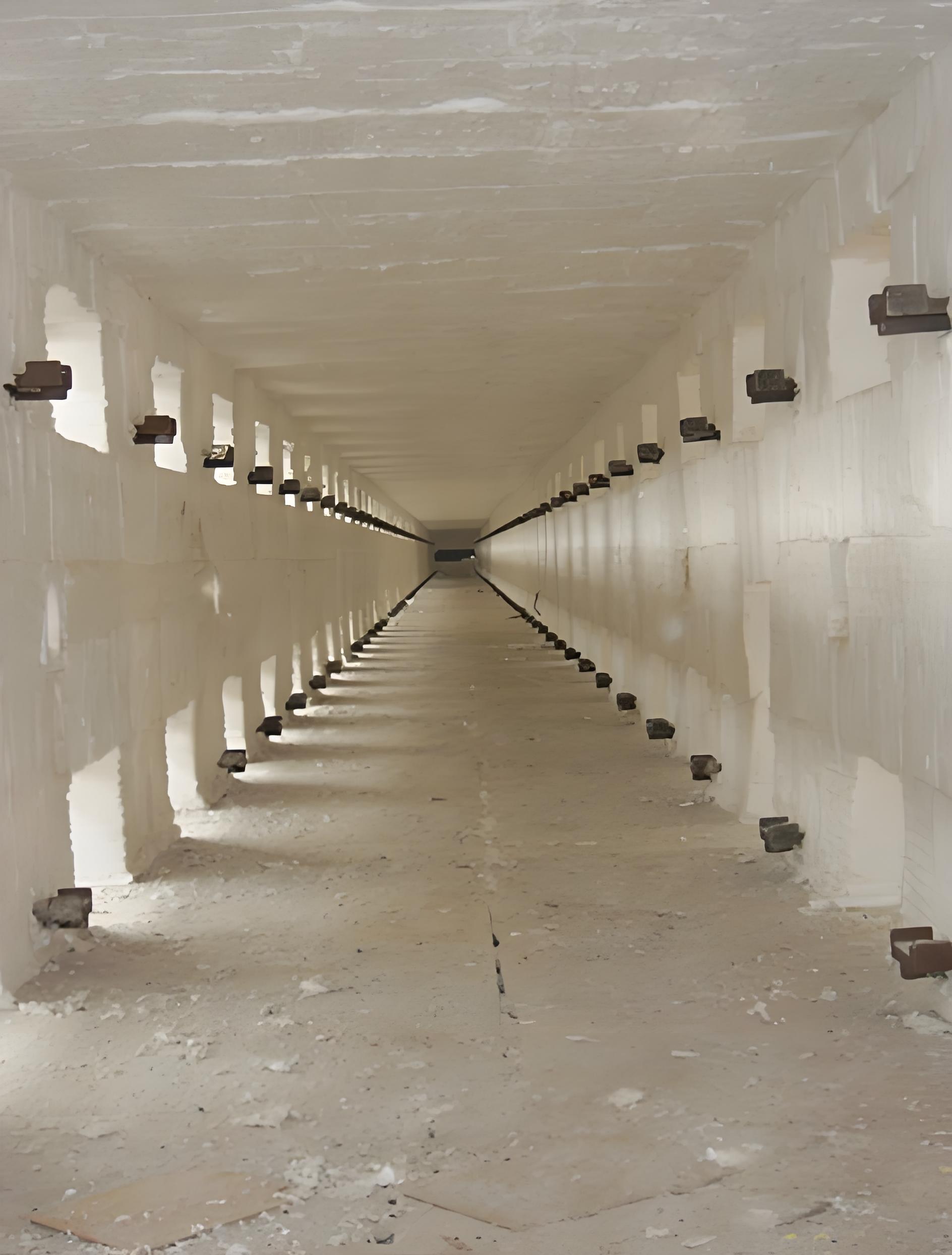Insulation of galvanizing production line

1. Construction preparation stage
Before the installation of the galvanizing production line insulation, the professional construction team needs to conduct a comprehensive inspection of the production line to understand its structural characteristics, working environment and insulation requirements. According to the actual situation of the production line, select insulation materials with excellent high temperature resistance, corrosion resistance and fire resistance, such as aluminum silicate fiber, rock wool or ceramic fiber. At the same time, prepare the necessary construction tools, such as cutting machines, hot air guns, insulation nail guns, sealant guns and measuring tools, to ensure construction safety and efficiency.
2.Insulation layer installation
Basic treatment : First, thoroughly clean the outer wall of the galvanizing production line to remove oil, rust and loose materials to ensure that the insulation material can fit closely to the surface of the production line.
Insulation material laying : According to the design drawings, the insulation material is laid layer by layer on the outer wall of the production line, and fixed with insulation nails and high-temperature resistant glue. During the laying process, pay attention to the staggered overlap between each layer to reduce the thermal bridge effect and improve the insulation effect. For complex parts such as pipes and valves on the production line, customized insulation blocks are used or cut on site to adapt to the shape to ensure that the insulation layer can be fully covered without missing any areas.
Gap treatment : After the insulation layer is laid, all gaps should be sealed and filled with sealant or high-temperature resistant tape to prevent heat leakage and improve insulation performance.
3. Special parts treatment
There may be some special parts in the galvanizing production line, such as furnace doors, heaters, etc., which need special reinforcement. For furnace doors, a double-layer insulation structure can be used, and high-temperature resistant sealing strips can be installed at the door seams to improve the insulation effect. For heaters, it is necessary to ensure that the thickness of the surrounding insulation layer is sufficient to prevent heat from being directly transferred to the surrounding environment.
4. Construction Completion and Inspection
Appearance inspection : After the insulation layer is installed, conduct an appearance inspection to ensure that the surface is flat, undamaged, and uniform in color. Repair any problems found in a timely manner.
Quality acceptance : Invite relevant personnel to conduct quality acceptance and record relevant data to ensure that the thickness, density and installation quality of the insulation layer meet the design requirements. At the same time, the fire resistance of the insulation material is tested to ensure that it meets safety requirements.
Safety protection : According to customer needs, a metal protective layer such as aluminum plate, stainless steel plate, etc. can be added to the insulation layer to improve the durability and aesthetics of the insulation layer. At the same time, safety warning signs are set to remind operators to pay attention to safety.
Site cleaning : After the construction is completed, clean up the site in time, remove excess insulation materials and construction tools, and keep the environment clean.
Recommended Products
Similar articles ranking
- Resistance furnace insulation
- Insulation of galvanizing production line
- Thermal insulation of waste gas incinerator
- Ladle cover insulation construction
- Heating furnace insulation
- Thermal insulation of hot blast stove
- Thermal engineering pipeline insulation
- Tunnel kiln insulation
- Trolley furnace insulation
- Construction and installation of fiber module
Latest News Articles
- Moisture absorption of aluminum silicate fiber cotton in air
- How to choose high quality ceramic fiber cotton
- Difference between aluminum silicate fiber cotton and spinneret cotton
- The role of steel fiber in ceramic fiber cotton
- How to judge the quality of aluminum silicate fiber cotton
- Formation technology of ordinary aluminum silicate fiber cotton
- Aluminum silicate fiber cotton is an ideal raw material for textile production
- Aluminum silicate fiber cotton is an ideal raw material for textile production
- Manufacturing process of aluminum silicate fiber cotton
- Factors affecting thermal conductivity of aluminum silicate fiber cotton



